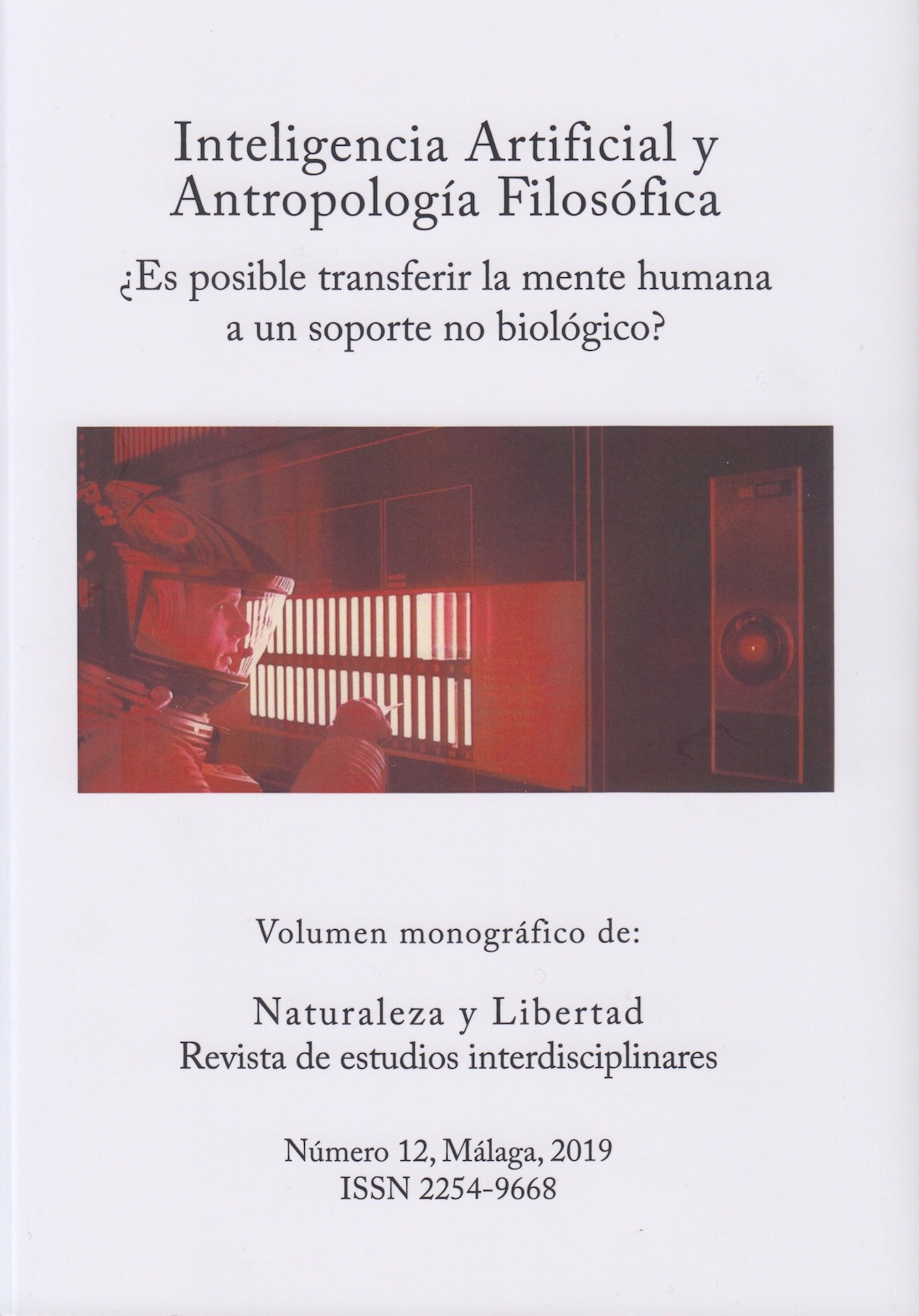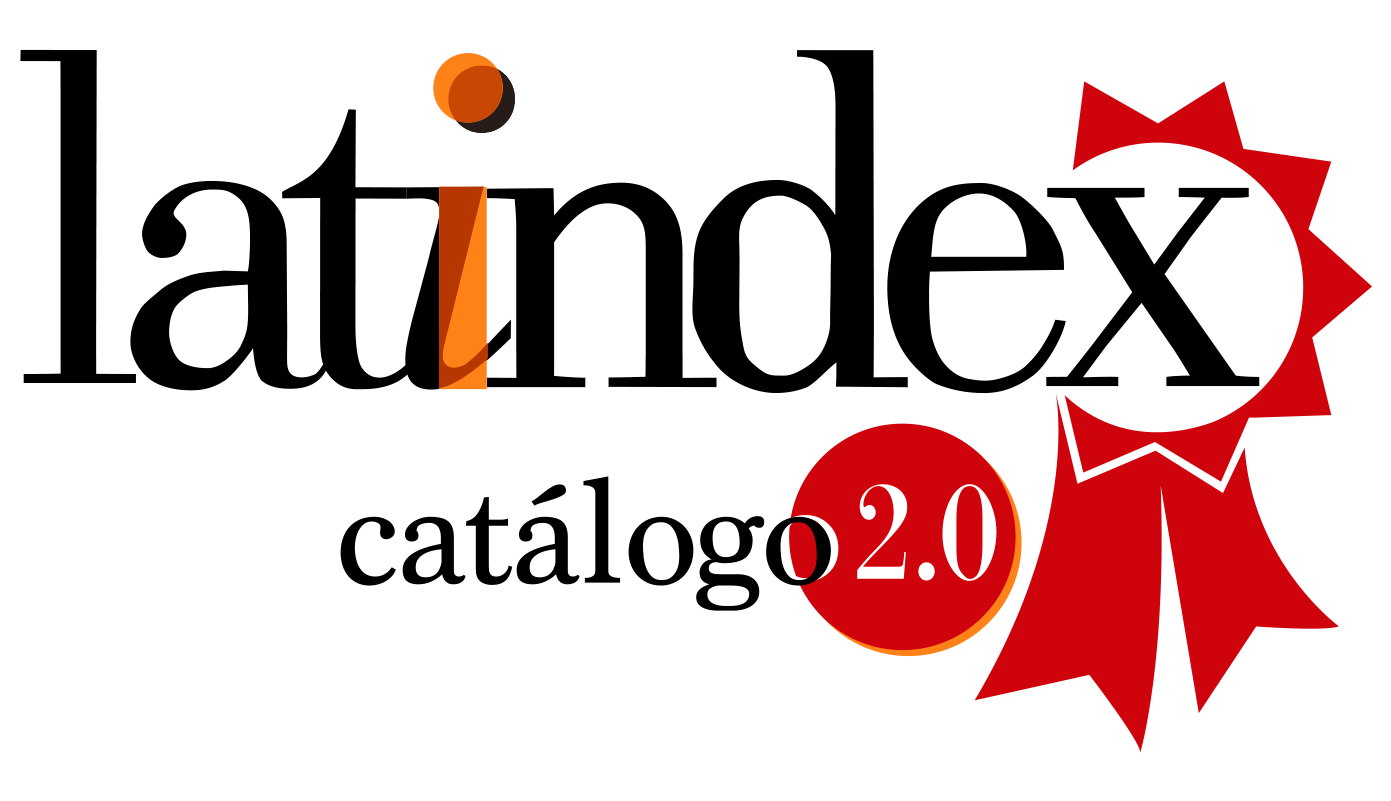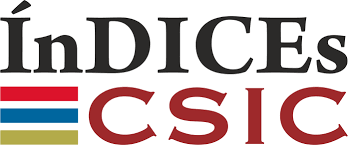Del hombre-máquina a la máquina-hombre. Materialismo, mecanicismo y transhumanismo
DOI:
https://doi.org/10.24310/NATyLIB.2019.v0i12.6329Keywords:
materialismo, mecanicismo, transhumanismo, transferencia mental, voluntad de vivir,Abstract
El materialismo de la Edad Moderna nos describe al hombre como una máquina, comparable a un complejo artilugio mecánico. Cabe entonces imaginar que una máquina no-biológica pueda constituir un ser pensante como lo son los seres humanos, e incluso cabría pensar en la posibilidad de codificación de una mente humana real para su posterior trasvase a un sustrato artificial. Considero que estas últimas posiciones son más propias de la cultura friki o de amantes de la ciencia ficción que de una cultura humanista seria. En cualquier caso, una cosa parece clara: la simulación por ordenador de cualquier tipo de materia no es la materia misma. Una simulación por ordenador de una estrella no emite luz ni calor, y del mismo modo tampoco ofrece calor humano (en términos materiales) ni voluntad de vivir una máquina que hipotéticamente pueda contener toda la información sobre el ser humano y simular sus respuestas.Downloads
Metrics
References
S. Bamford, “A framework for approaches to transfer of a mind's substrate”, en International Journal of Machine Conciousness, 2012 (4(1)), pp. 23-34.
L. Büchner, Kraft und Stoff (1854). Traducido al español en: Fuerza y materia. Estudios populares de historia y filosofía naturales, Valencia, F. Sempere y Comp, 1905. Reproducido en: Oviedo, Fundación Gustavo Bueno, 1999.
F. Crick, The Astonishing Hypothesis: The Scientic Search for the Soul, Londres, Simon and Schuster, 1994. Traducido al español en: La búsqueda científica del alma, Madrid, Debate, 1994.
F. M. Esfandiary, Are You a Transhuman?: Monitoring and Stimulating Your Personal Rate of Growth in a Rapidly Changing World, New York, Warner Books, 1989.
B. Goertzel, M. Ikle, “Special issue on mind uploading. Introduction”, en International Journal of Machine Conciousness, 2012 (4(1)), pp. 1-3.
A. Gómez Pereira, Antoniana Margarita (1554), Medina del Campo. Traducido al español en: Antoniana Margarita, Oviedo, Fundación Gustavo Bueno, Oviedo, 2000.
J. Huxley, “Transhumanism”, en New Bottles for New Wine, London, Chatto & Windus, 1957, págs. 13-17.
R. Jackendoff, Conciusness and the Computational Mind, Cambridge (Massachussets, Estados Unidos), Bradford Books, MIT Press, 1987.
P. N. Johnson-Laird, Computer and the Mind: An Introduction to Cognitive Science, Cambridge (Massachussets, Estados Unidos), Harvard University Press, 1988.
G. Kempermann, H. G. Kuhn, F. H. Gage, “More hippocampal neurons in adult mice living in an enriched environment”, Nature, 1997 (386), p. 493.
C. Koch, G. Laurent, “Complexity and the Nervous System”, Science, 1999 (284), pp. 96-98.
J. O. de La Mettrie, L’Homme Machine (1749, Leiden). Traducido al español en: El hombre máquina, Buenos Aires, Universitaria de Buenos Aires, 1961.
M. Shelley, Frankenstein, or the modern Prometheus, London, Lackington, Hughes, Harding, Mavor & Jones, 1818.
K. Sotala, H. Valpola, “Coalescing Minds: Brain Uploading-Related Group Mind Scenarios, en International Journal of Machine Conciousness, 2012 (4(1)), pp. 293-312.
Downloads
Published
How to Cite
Issue
Section
License
Those authors who have publications with this journal, accept the following terms:
1. Copyright and licensing information are clearly described on the journal’s web site: all content published in Naturaleza y Libertad is open acces without limit, and are subject to the Attribution-NonCommercial-ShareAlike 4.0 International (CC BY-NC-SA 4.0) license. The full text of which can be consulted at https://creativecommons.org/licenses/by-nc-sa/4.0/
2. It is the responsibility of the authors to obtain the necessary permissions for the images that are subject to copyright. The authors whose contributions are accepted for publication in this journal will retain the non-exclusive right to use their contributions for academic, research and educational purposes, including self-archiving or deposit in open access repositories of any kind. The electronic edition of this magazine is edited by the Editorial de la University of Malaga (UmaEditorial), being necessary to cite the origin in any partial or total reproduction.
3. This journal allows and encourages authors to publish papers on their personal websites or in institutional repositories, both before and after their publication in this journal, as long as they provide bibliographic information that accredits, if applicable, your posting on it.
4. In no case will anonymous papers be published.





18.png)













